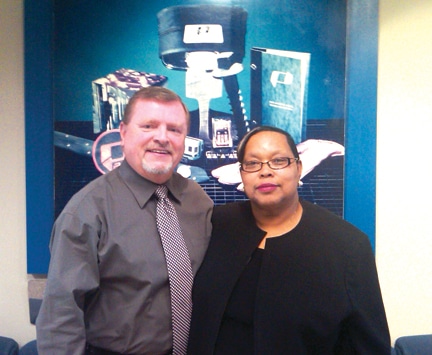Private sector and public sector union membership fell sharply in 2010, reports The New York Times.
In the domestic private workforce, the percentage of workers represented by unions tumbled to 6.9 percent (from 7.2 percent in 2009), while in the public sector, the percentage dropped to 36.2 percent (from 37.4 percent in 2009), reports the Department of Labor’s Bureau of Labor Statistics.
Private sector union employment is at its lowest point in more than a century, says the BLS.
Total union membership — combined private and public sector — is now at its lowest point in 70 years, or 11.9 percent of the total work force (down from 12.3 percent in 2009), says the BLS.
The good news, reports The New York Times, is that the median weekly earnings for union members is now $917, or $200 more than the median weekly earnings for non-union members. The median separates the highest 50 percent from the lowest 50 percent, meaning half of union workers earn more than $917 weekly and half less than $917 weekly.
States with the highest unionization rate (public and private sectors) are Alaska, Hawaii and New York; the lowest rates being in Arkansas, Georgia and North Carolina, says the BLS.
